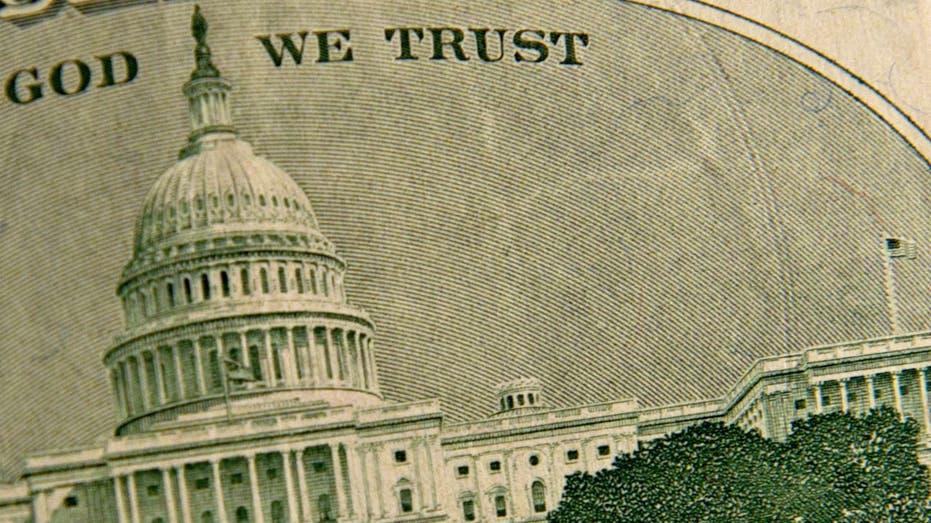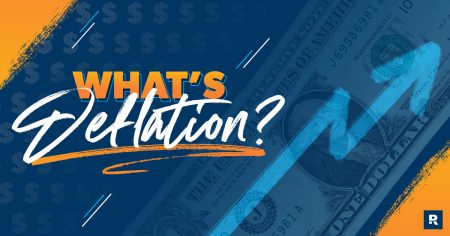A new report by JPMorgan casts doubt on claims that the U.S. dollar’s status as the dominant currency in the world financial system is coming to an end amid the rise of competing alternatives.
China’s rapid growth in recent decades and its emergence as the world’s second-largest economy and sanctions imposed on Russia have contributed to greater diversification away from the dollar in global markets, JPMorgan said.
However, it added that the dollar’s dominance as the world’s primary reserve currency is “well-entrenched and structural in nature.”
“The dollar’s role in global finance and its economic and financial stability implications are supported by deep and liquid capital markets, rule of law and predictable legal systems, commitment to a free-floating regime, and smooth functioning of the financial system for USD liquidity and institutional transparency,” JPMorgan analysts wrote.
US DOLLAR TO REMAIN WORLD’S RESERVE CURRENCY, FED’S WALLER SAYS
“The genuine confidence of the private sector in the dollar as a store of value seems uncontested, and the dollar remains the most widely used currency across a variety of metrics,” the firm wrote.
JPMorgan’s report said that the dollar’s share of foreign exchange reserves rose from 59% in 1996 to a peak of 73% in 2001 and has declined since to 58.4% as of the end of 2023, according to IMF COFER data. However, it notes that the share has been relatively stable since 2021.
It also explains that the firm’s analysts view foreign exchange reserves as an “incomplete metric for foreign asset accumulation” and noted that other governmental entities, like sovereign wealth funds or state banks, as well as bank deposits in emerging markets have seen dollar-denominated deposits rise in recent years.
COULD THE US DOLLAR LOSE ITS RESERVE CURRENCY STATUS TO CHINA?

The report also looked at the dollar’s share of world liabilities. It pointed to an estimate by the Federal Reserve that about 60% of international and foreign currency claims, which are mostly loans, and liabilities (primarily deposits), are denominated in U.S. dollars. That share has been stable since 2000 and is well above the Euro’s 20%, JPMorgan noted.
JPMorgan also said that while China has reduced its holdings of U.S. Treasurys, purchases of U.S. stocks, corporate bonds and agency bonds have risen. The People’s Bank of China’s holdings of U.S. Treasurys declined by 11.4 percentage points, which was partially offset by a 5.8 percentage point rise in other U.S. securities.
ECONOMICS EXPERT ISSUES DIRE WARNING ON ‘SERIOUS THREAT’ FACED BY US DOLLAR: IT’S ‘INEVITABLE’

The report noted that the most “underappreciated risk” to the dollar’s status is a possible fragmentation of the international payments system, such as those developed by Russia, China, Iran and North Korea to avoid Western sanctions – as well as China’s prominent role in e-commerce.
“Meaningful erosion of dollar dominance is likely to take decades, and the decline in the dollar’s share of global trade and overall [foreign exchange] reserve holding should not be confused with de-dollarizaton,” the investment bank analysts wrote.
Ted Jenkin, co-founder and CEO of oXYGen Financial, told FOX Business that the dollar remains the “world’s dominant and dependable currency,” and that despite the U.S. national debt’s rapid growth in recent years, the dollar made up 58% of disclosed foreign exchange reserves in 2022.
“If you look at global trade, which is another measure of the dollar’s role as a medium of exchange, with the exception of Europe, the dollar is the most widely used currency by far around the world,” Jenkin added.
Reuters contributed to this report.
Read the full article here
















